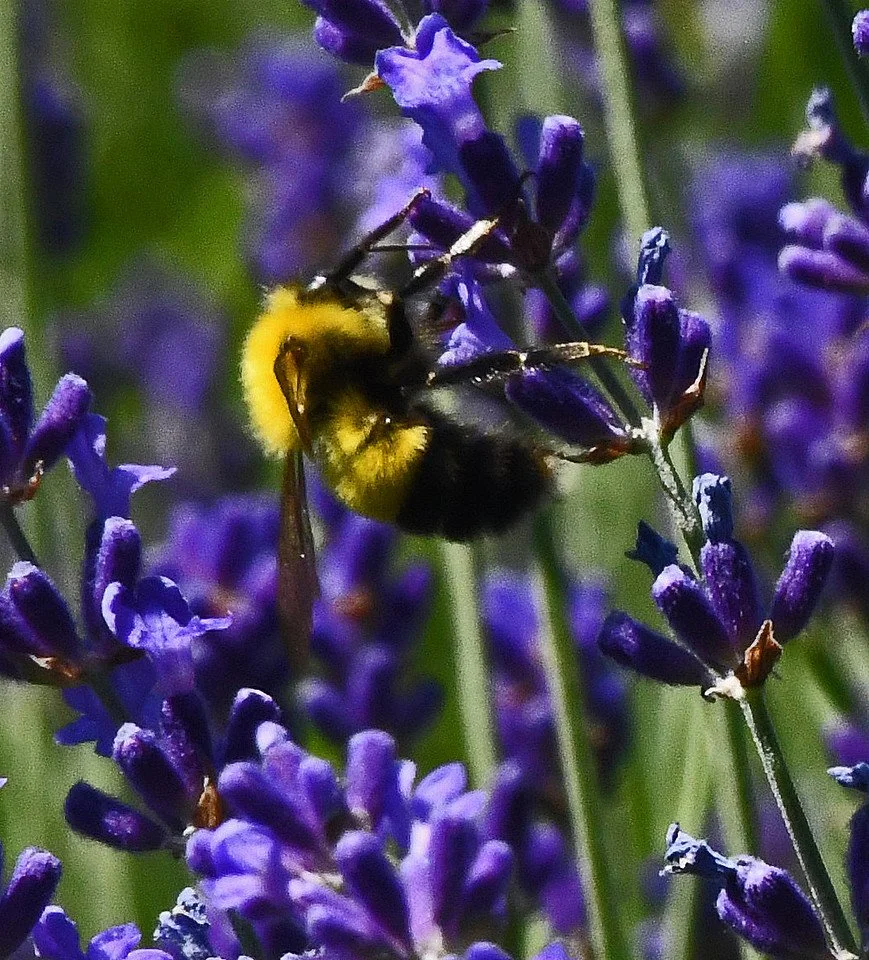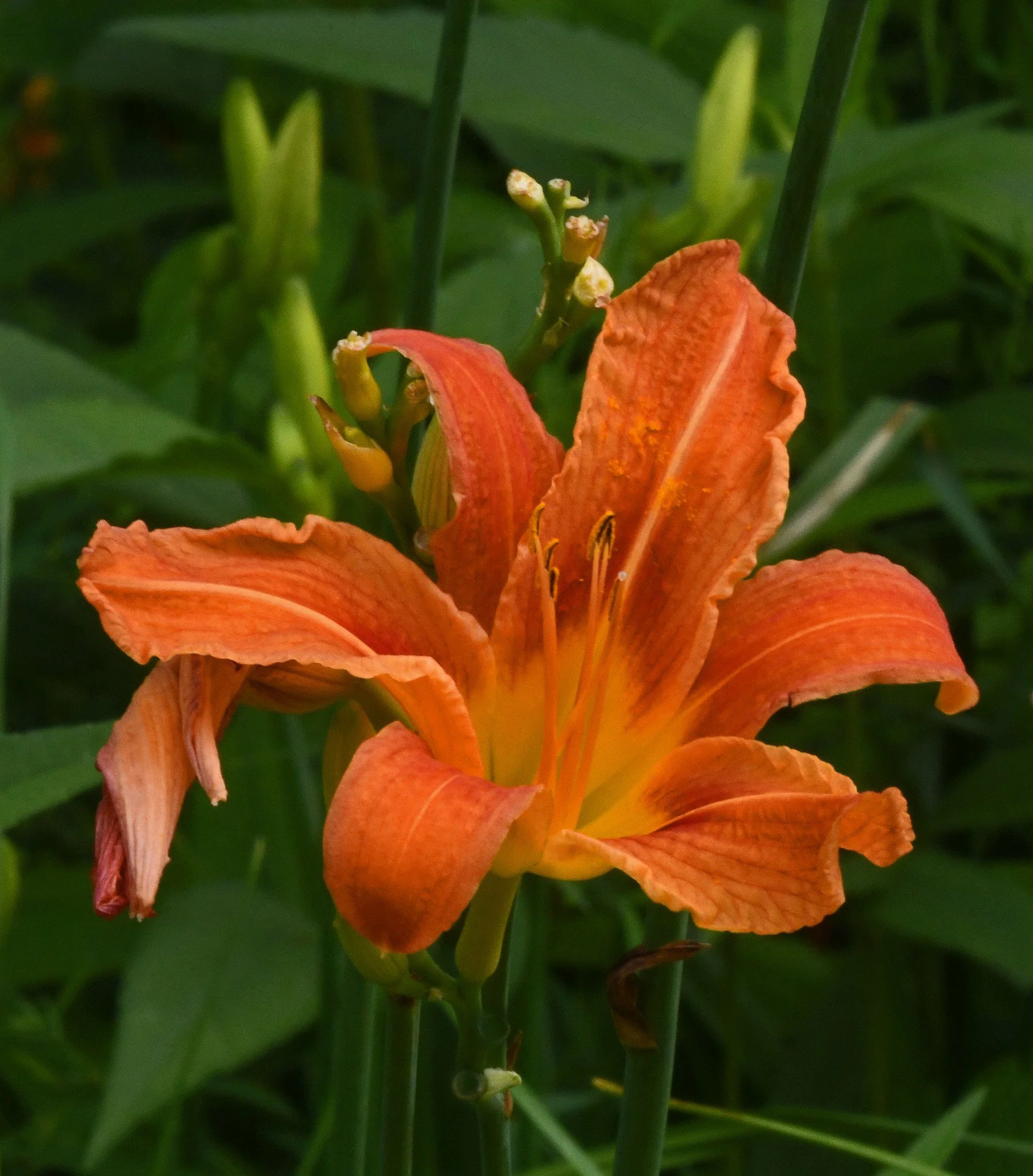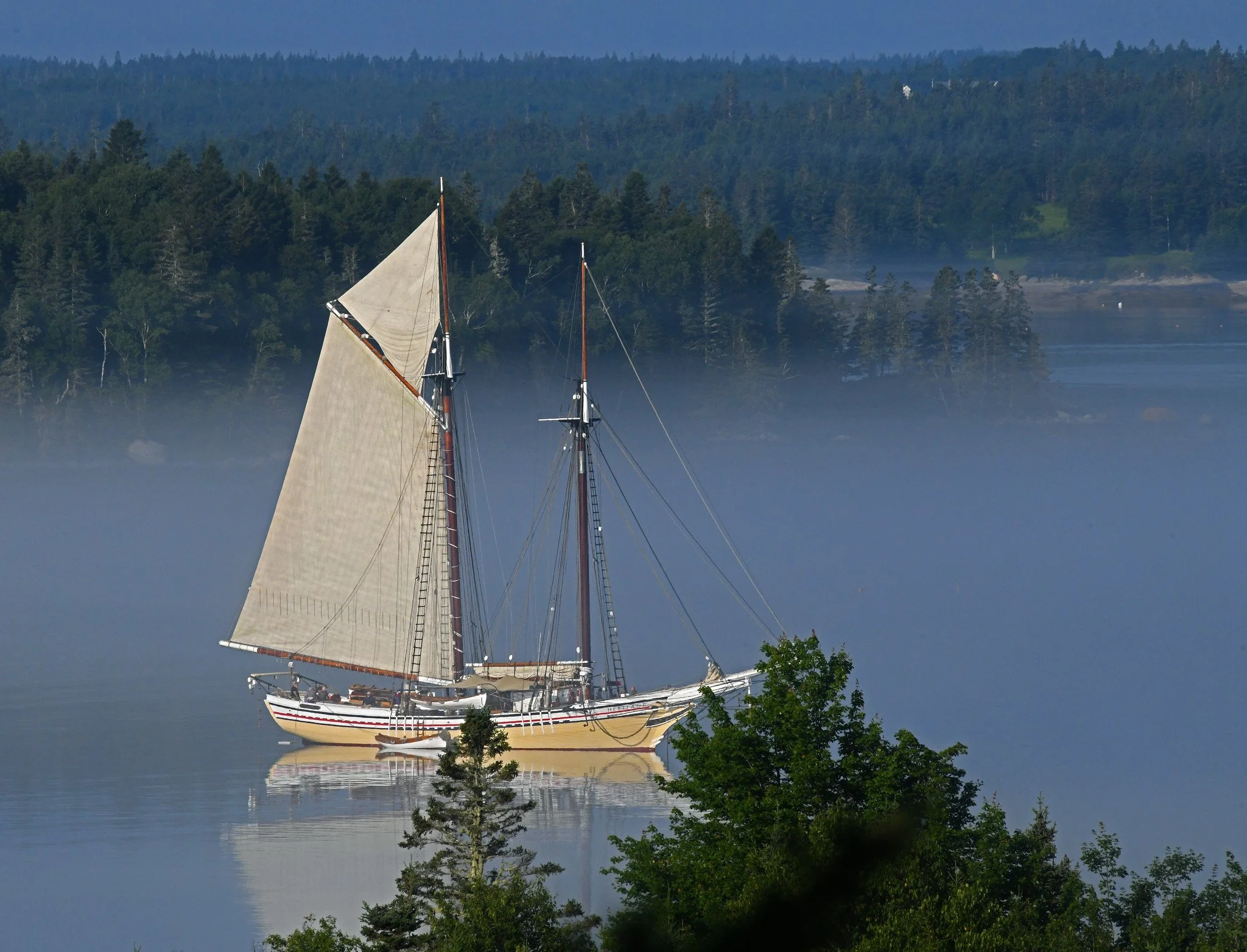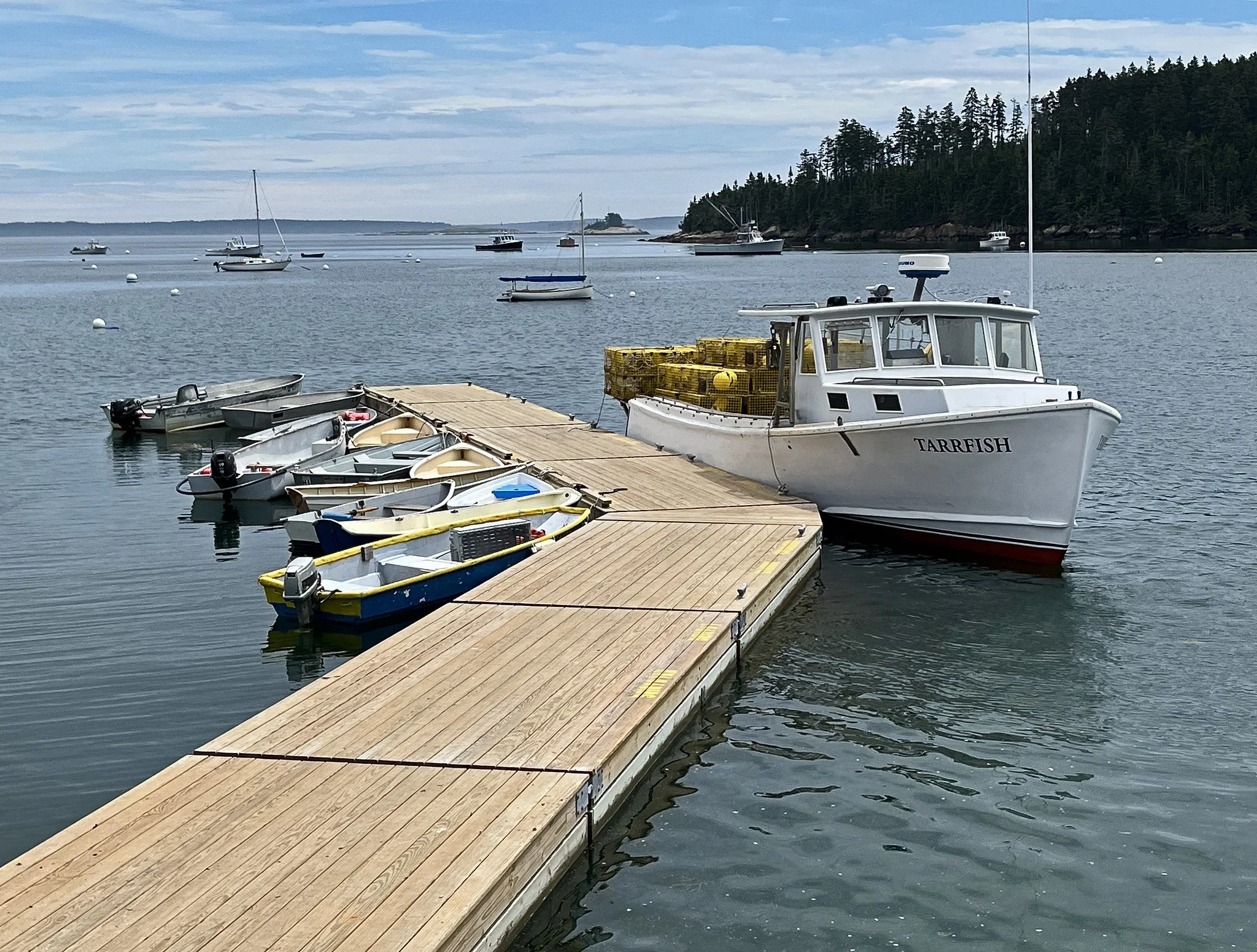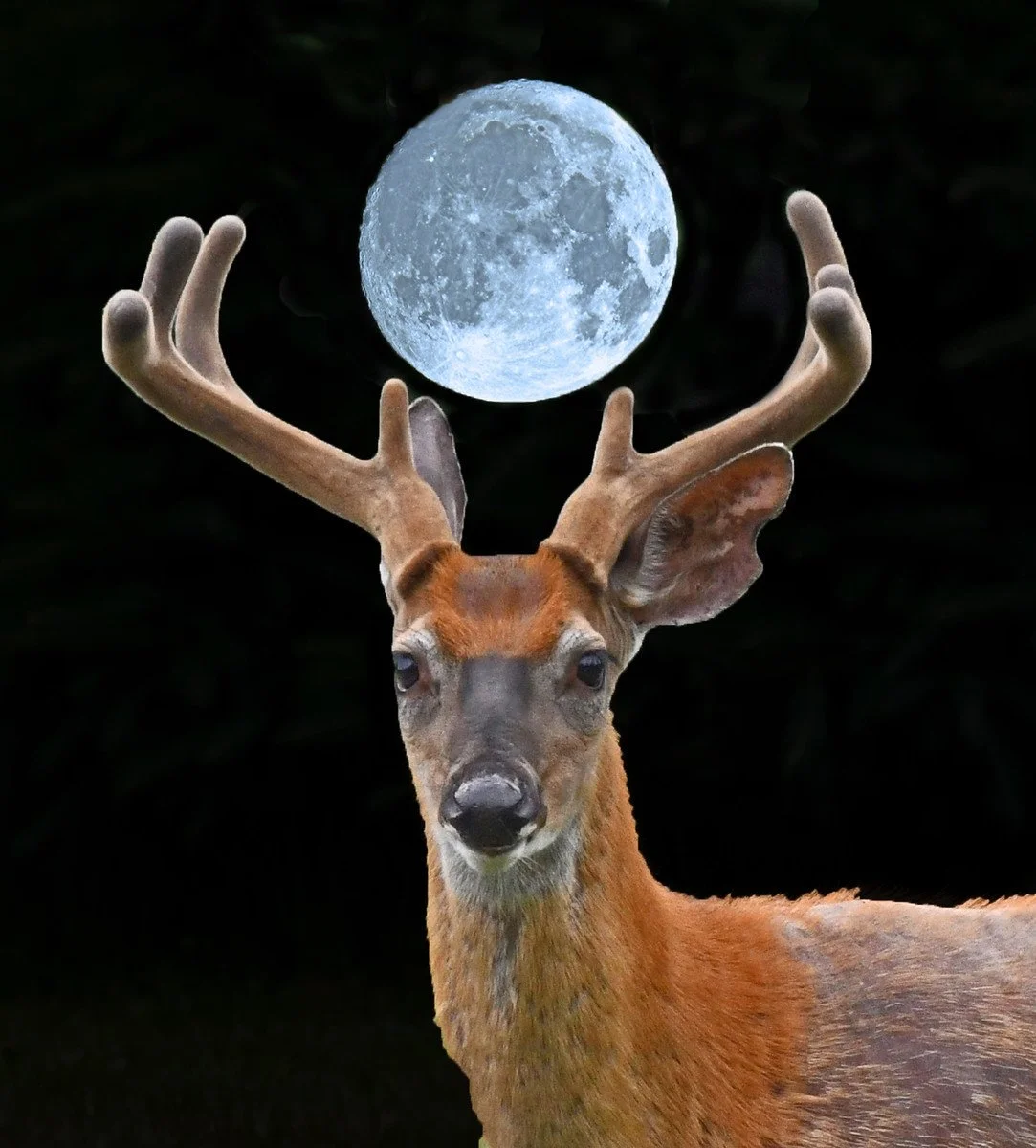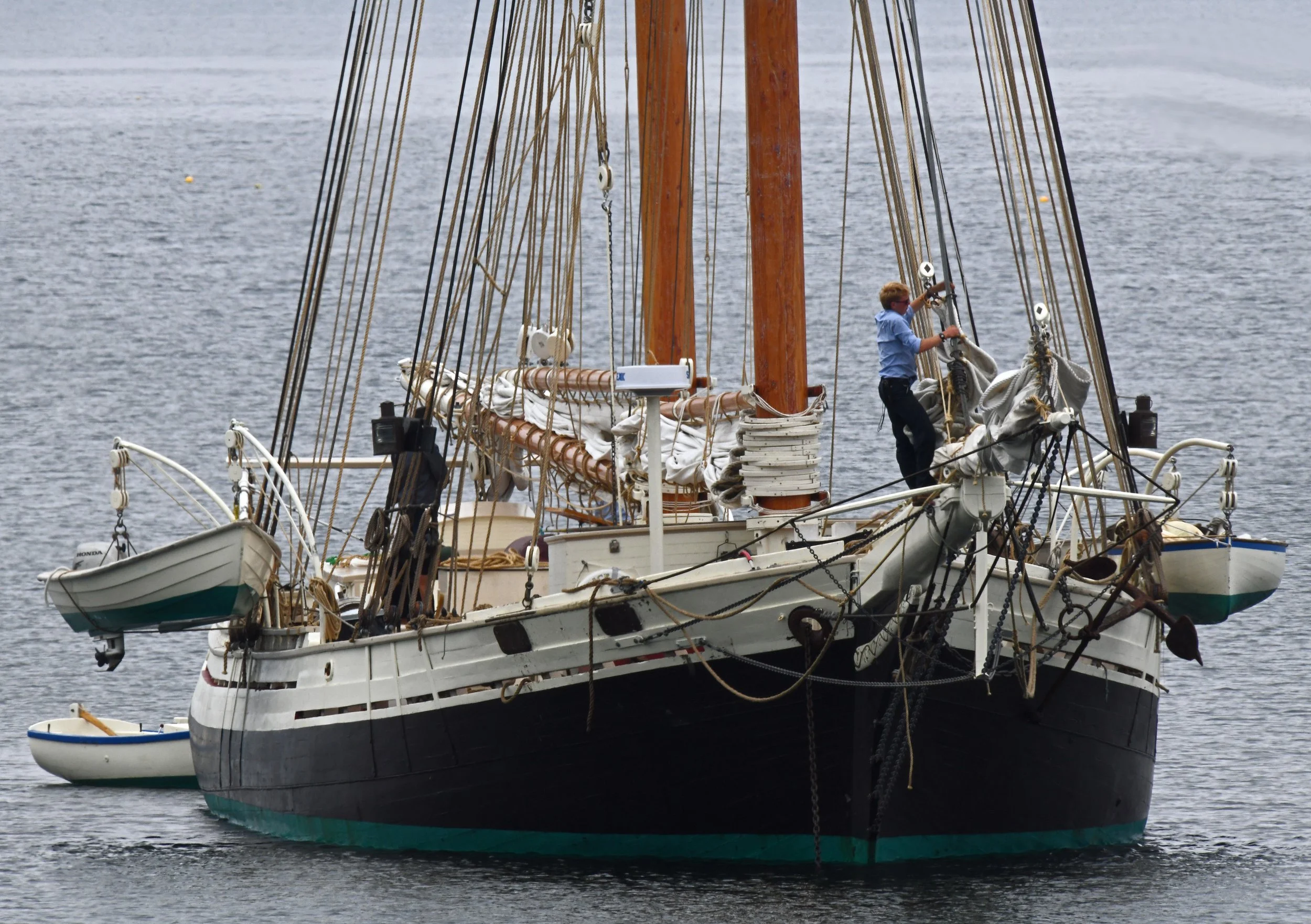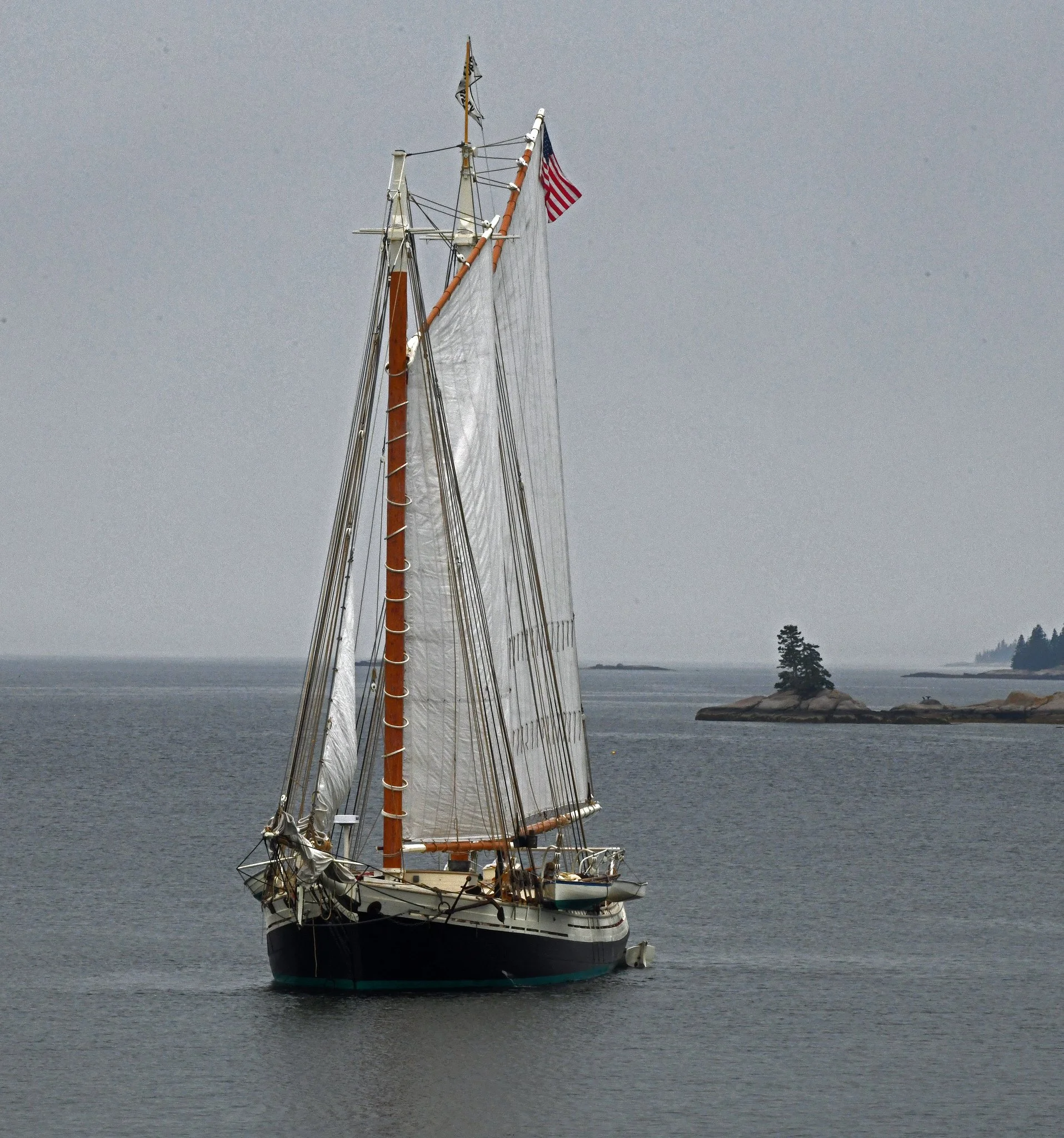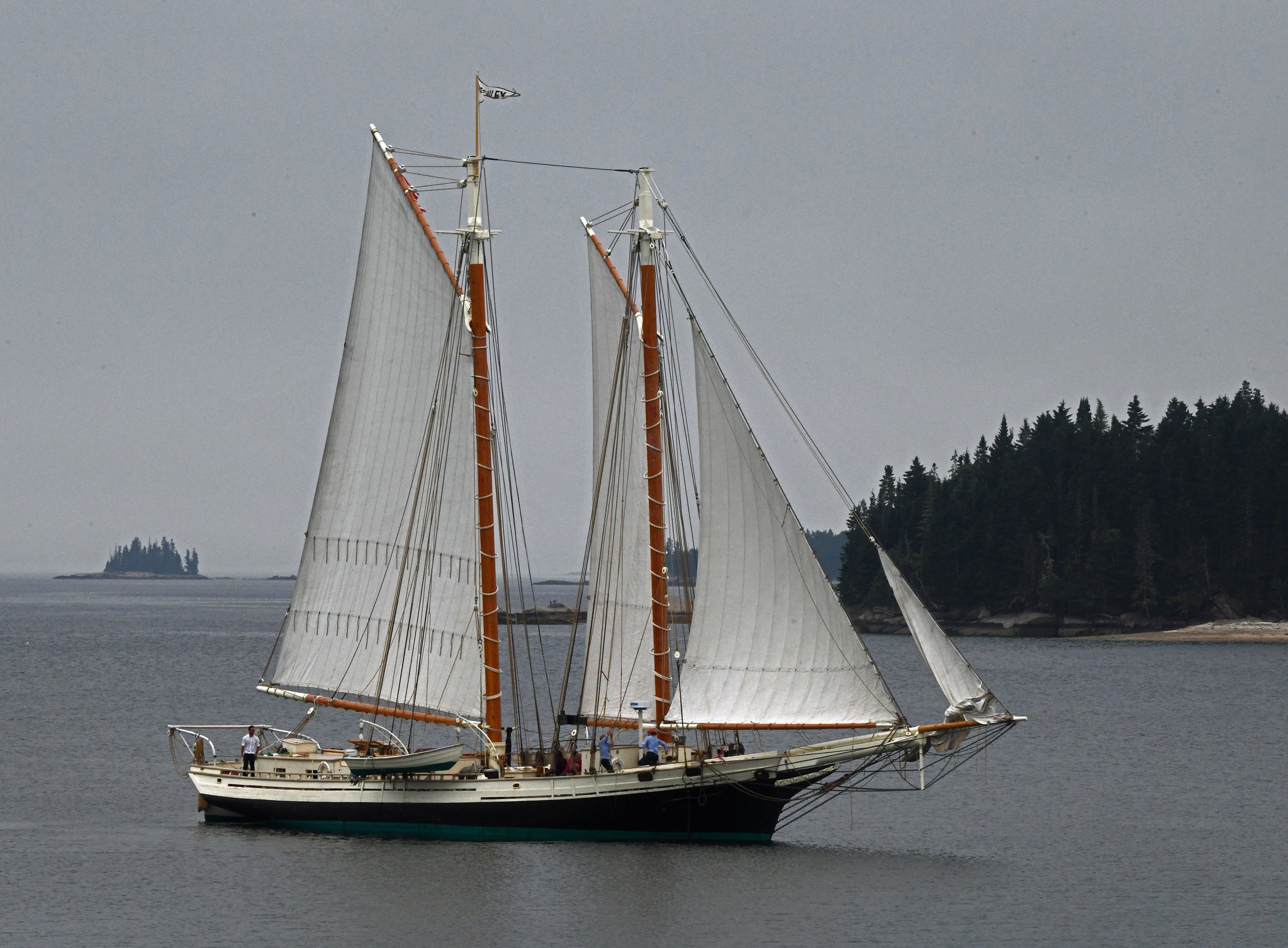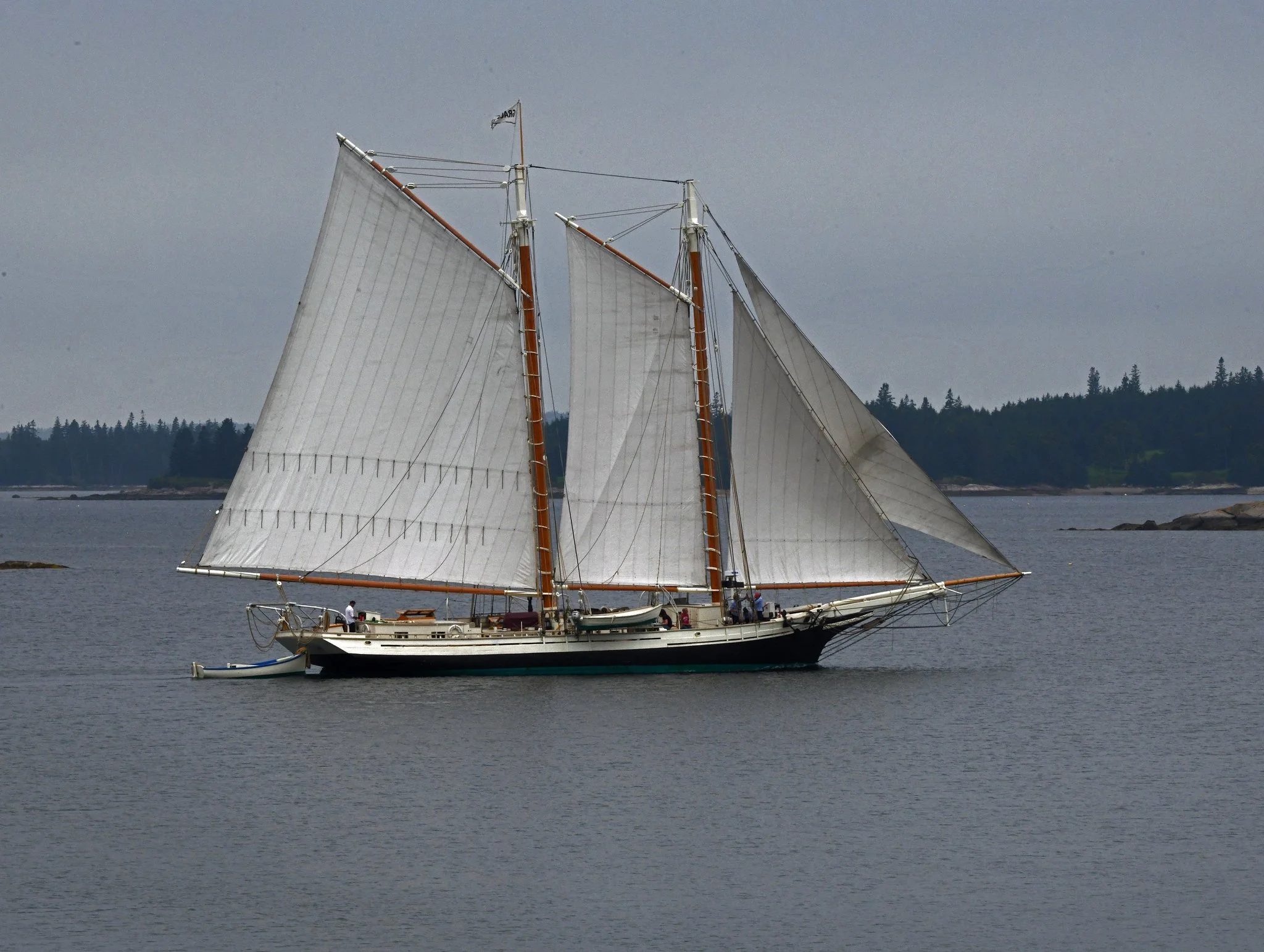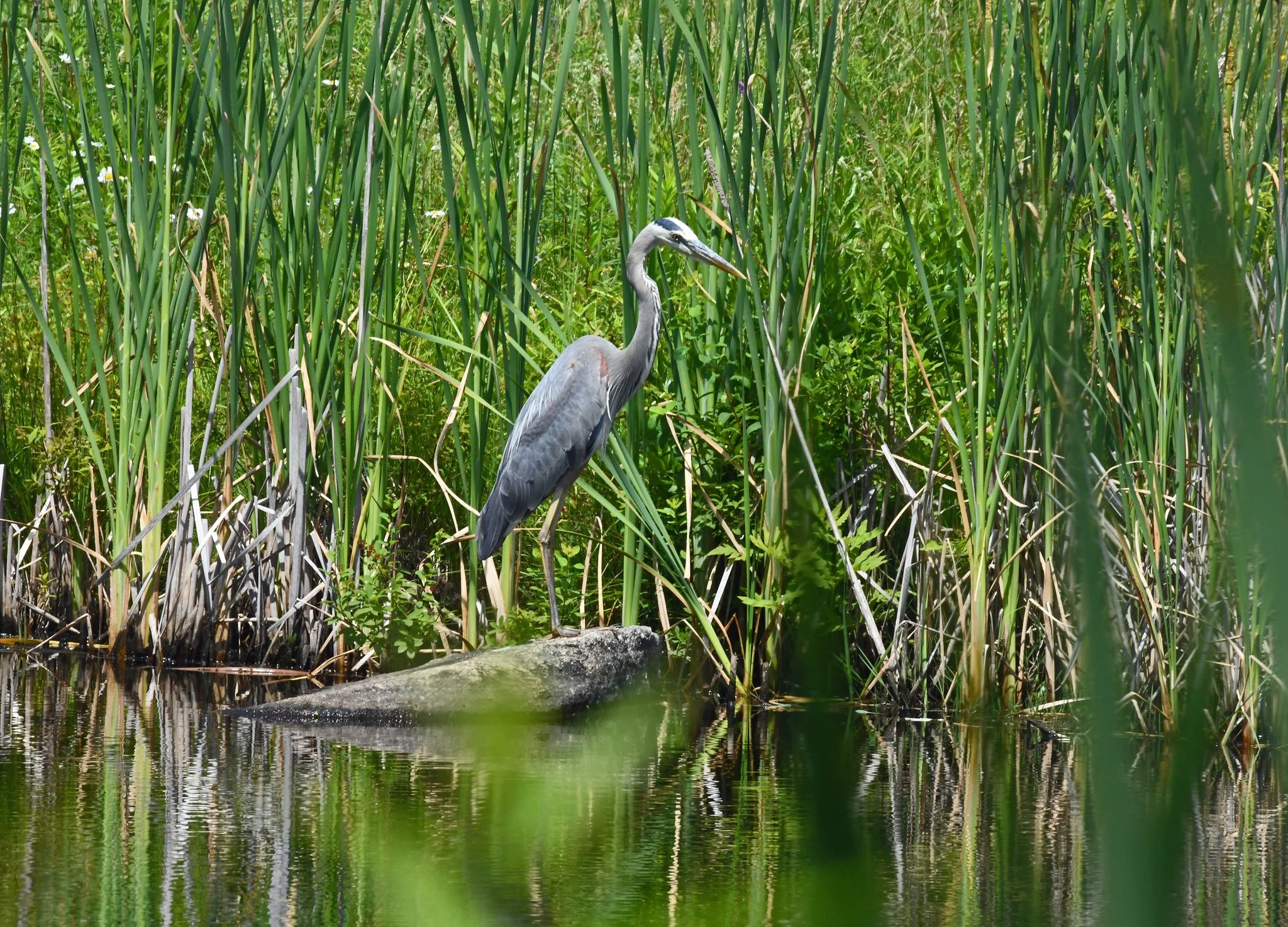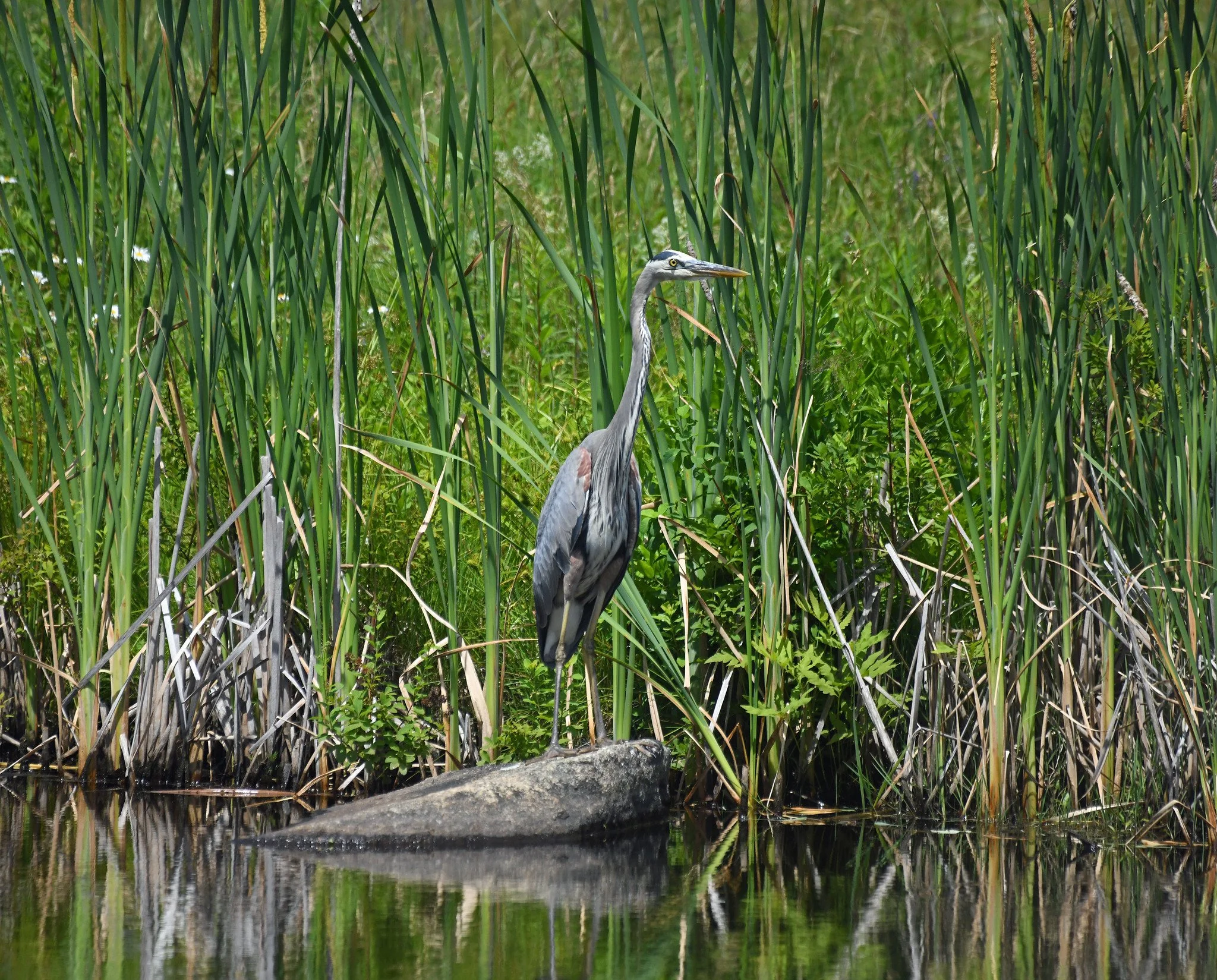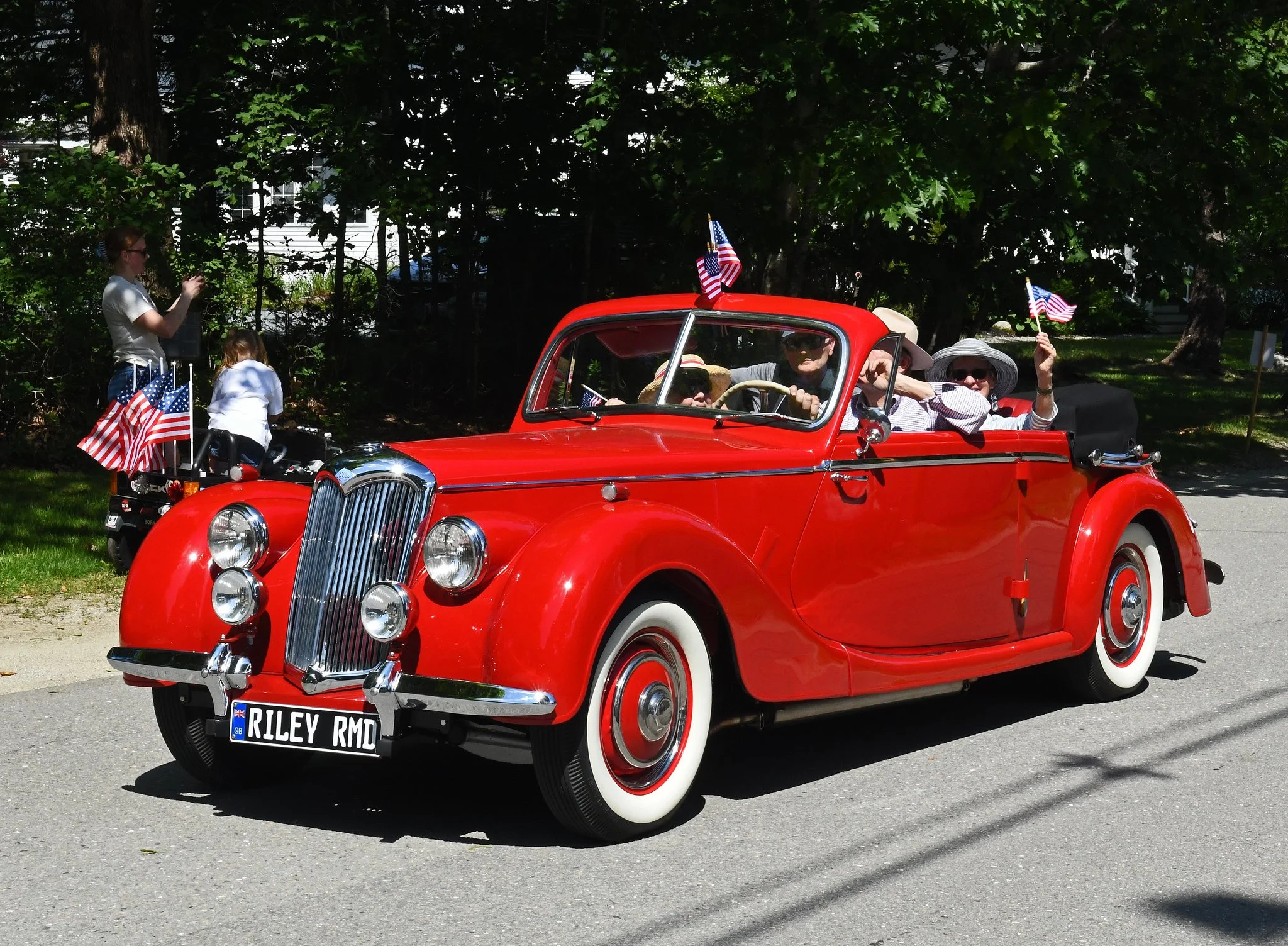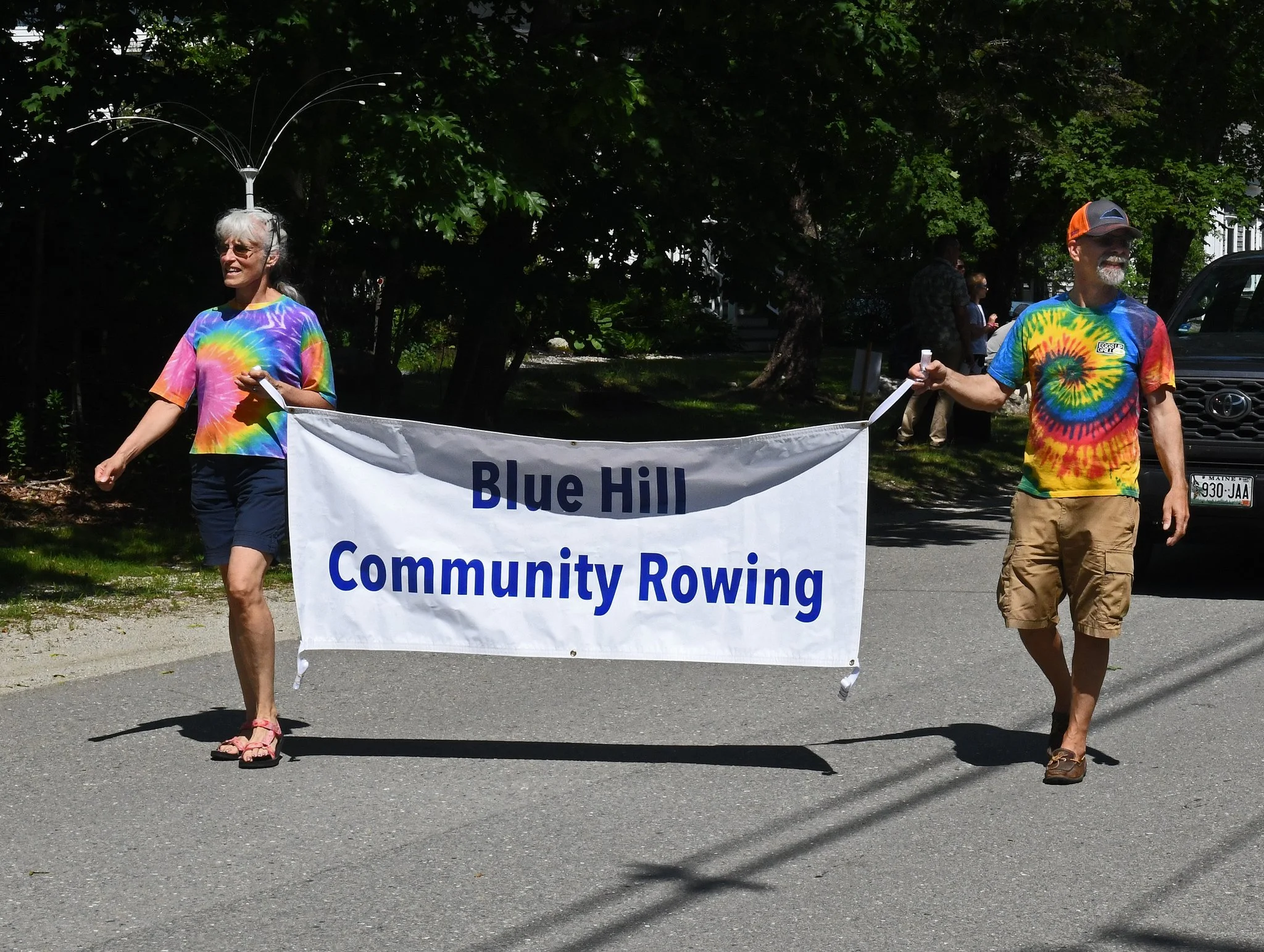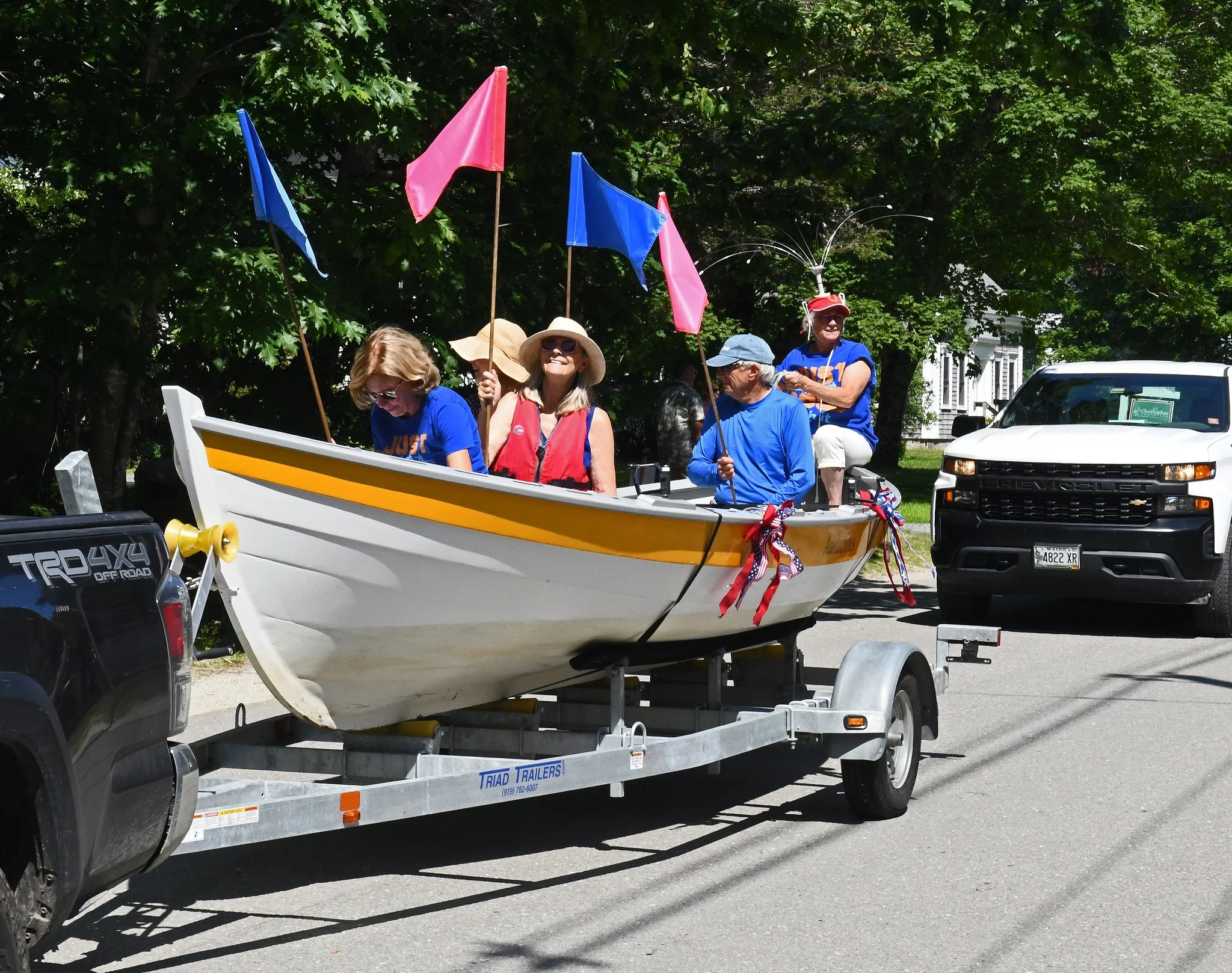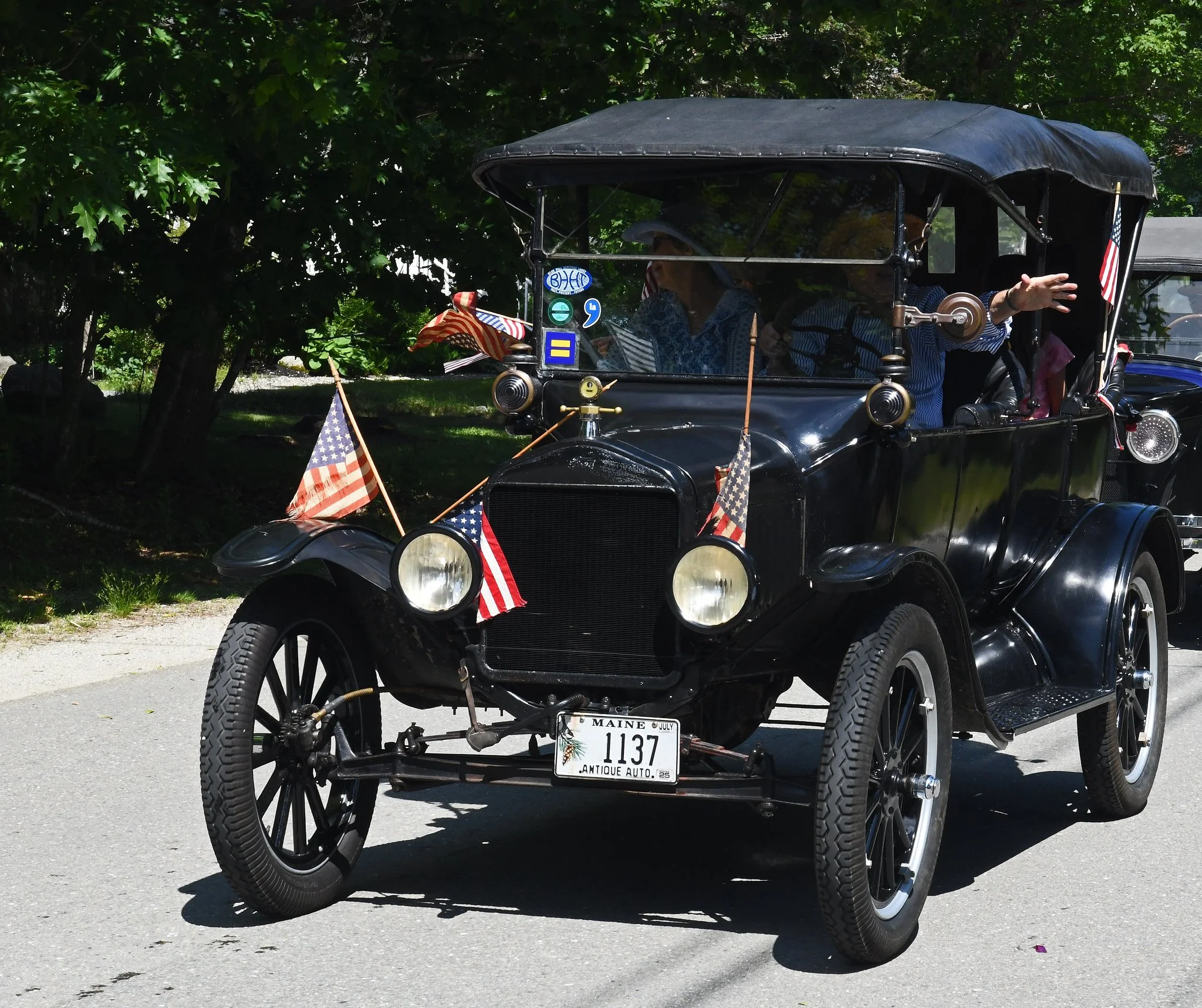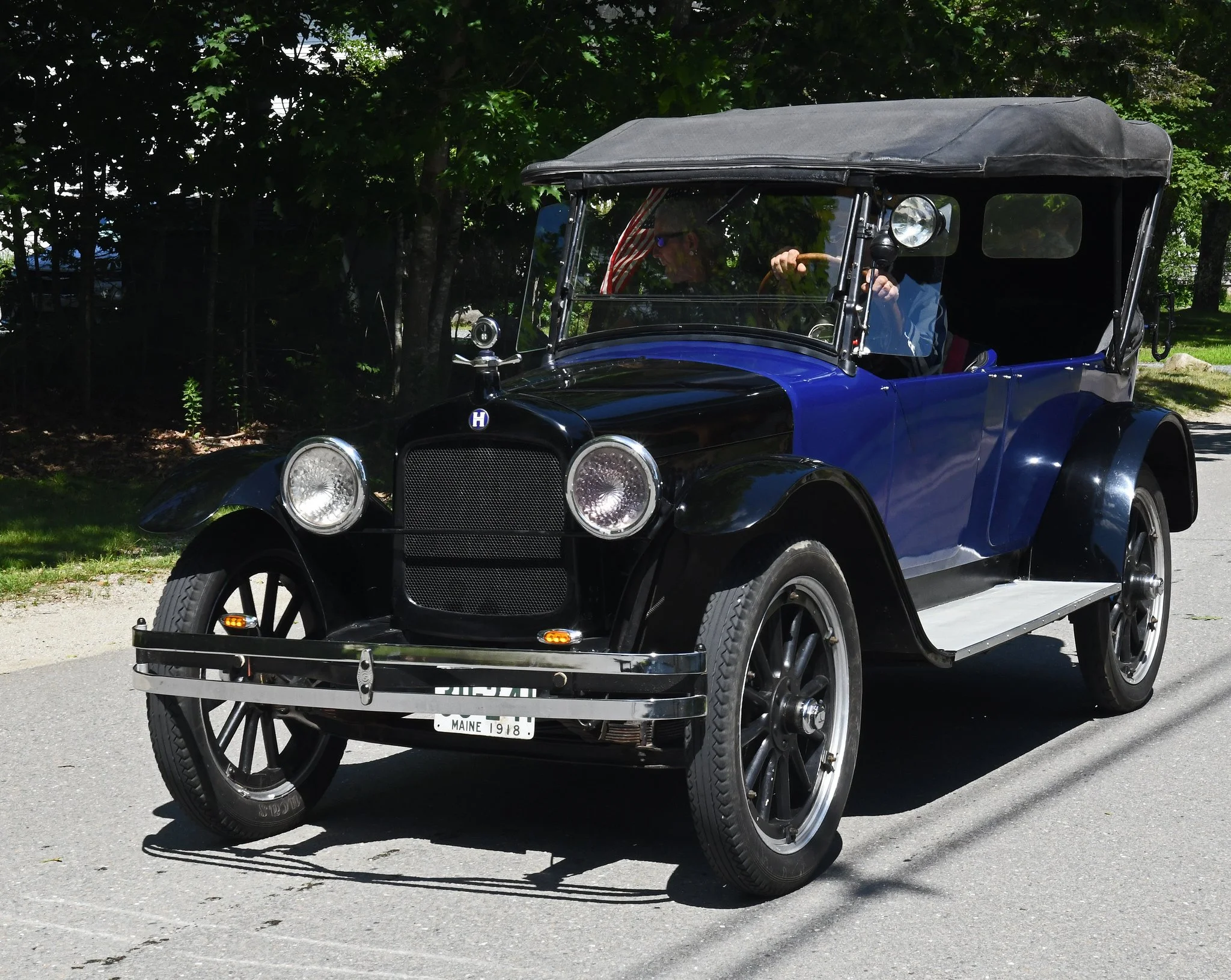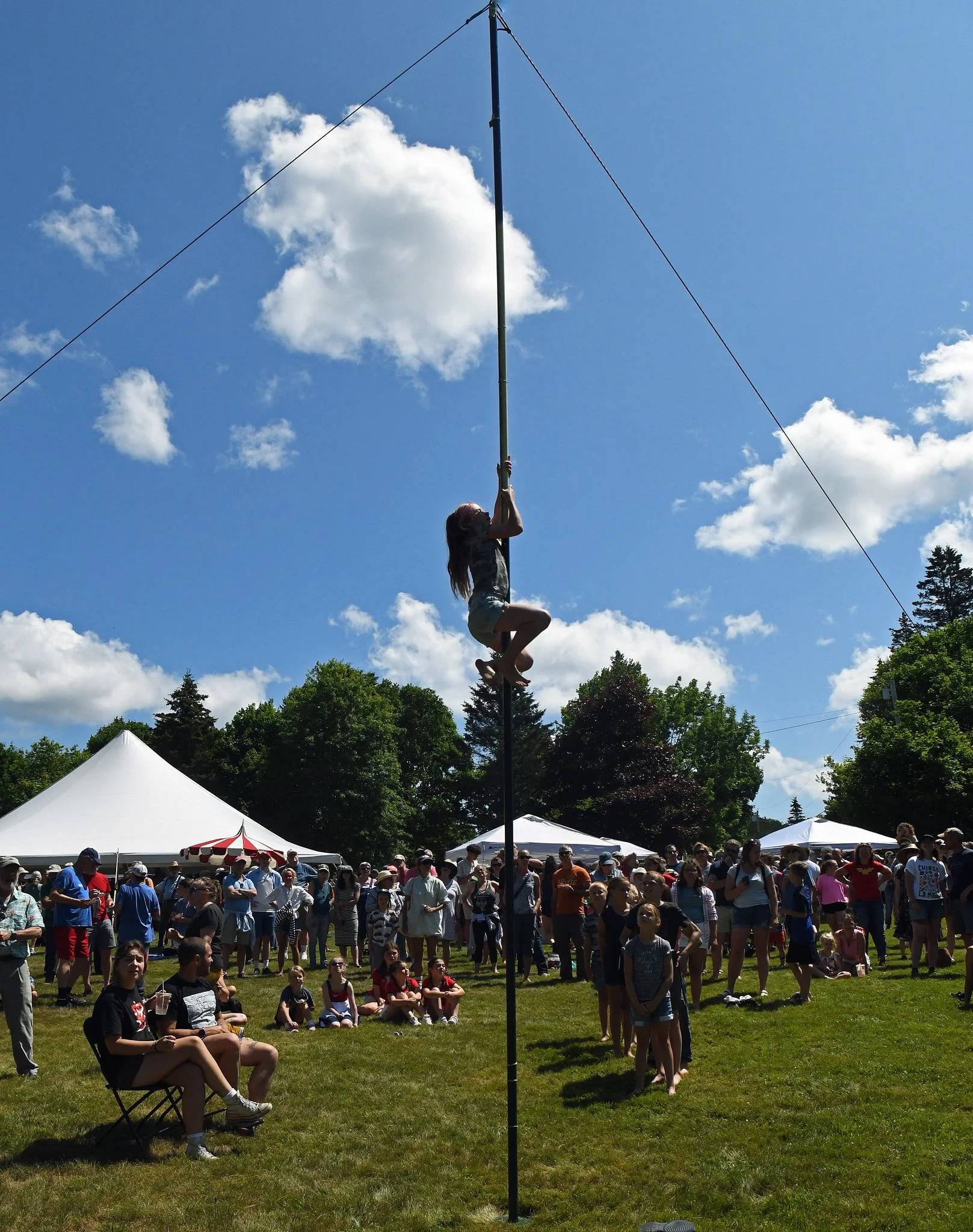“Our” white-tail deer herd appears happy and healthy this year, albeit perhaps a bit too numerous for their own and our good. The seemingly boundless joy of the yearlings – not too old, not too young for the browsing life – is infectious. Here are images of what I’m fairly sure are yearling white-tails, a male (buck) and a female (doe):
A “yearling” actually is in the second year of life (about 1.5 years old). They’re slim and gangly, with disproportionately long legs and thin necks, compared to mature deer.
The young bucks, especially, look a little odd: like does that have had beginners’ antlers screwed into their heads:
At this time of year here, all deer antlers are new bone (not horn) that is covered by a nurturing “velvet” membrane that contains blood vessels, nerves, and skin tissue. Antlers covered by velvet reportedly are the fastest-growing tissue in the animal kingdom.
(Images taken in Brooklin, Maine, on July 13 and 20, 2025.)







